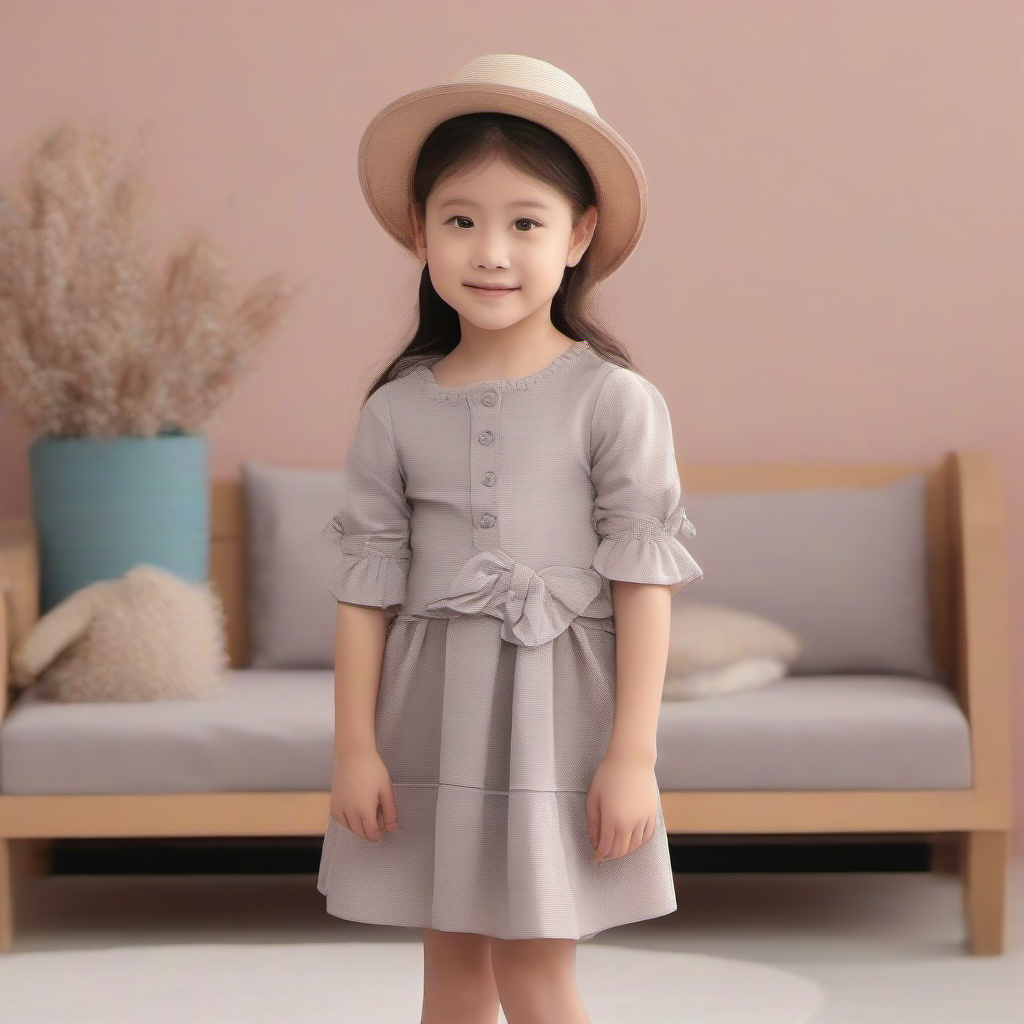Choosing the right children’s clothing involves understanding fabric types, navigating size guides, and finding the perfect outfit ideas. This guide will help you make informed decisions for your little ones.
Understanding Children’s Clothing Fabrics
When shopping for children’s clothing, the fabric is one of the most important factors to consider. Common fabric types include:
- Cotton: Soft, breathable, and hypoallergenic, cotton is a popular choice for kids. It allows for air circulation, keeping children comfortable throughout the day. For example, a simple cotton t-shirt can be worn in both summer and winter with the right layering.
- Polyester: Durable and quick-drying, polyester is often blended with other fabrics to enhance strength. It’s ideal for active wear, such as sports jerseys or swimwear, but may not be as breathable as cotton.
- Denim: A sturdy fabric that withstands wear and tear, denim is great for casual outfits. Jeans can last through countless playdates and adventures, making them a staple in any child’s wardrobe.
- Wool: Excellent for colder weather, wool provides warmth and insulation. Look for soft wool blends to avoid irritation on sensitive skin, making them suitable for sweaters and hats.
Choosing breathable and comfortable fabrics ensures that your child can move freely and stay comfortable, whether they are at school, playing outside, or attending a family event.
Size Guide for Children’s Clothing
Getting the right fit is crucial for children’s clothing. Here’s how to measure your child for accurate sizing:
- Height: Measure from the top of their head to their feet while they stand straight. This measurement helps determine if they need a size for their age or a size based on height.
- Chest: Measure around the widest part of their chest, keeping the tape snug but not tight. This is particularly important for fitted tops.
- Waist: Measure around the natural waistline, which is usually just above the belly button. This helps in selecting pants or skirts that fit comfortably.
- Inseam: Measure from the top of the inner thigh to the bottom of the ankle. This is essential for finding the right length in pants.
Once you have these measurements, check brand-specific size charts, as sizes can vary significantly between manufacturers. A good size guide can help you avoid the hassle of returns and exchanges.
Advantages and Disadvantages of Quality Children’s Clothing
Investing in quality children’s clothing has several advantages:
- Durability: Well-made clothes can withstand the rigors of active play, lasting longer than cheaper alternatives. For instance, a quality pair of shoes may last through multiple seasons, while cheaper ones might wear out quickly.
- Comfort: Quality fabrics often provide better comfort, allowing for ease of movement, which is essential for growing kids. Soft seams and no tags can make a big difference in comfort.
- Style: Higher-quality clothing often features better designs and finishes, making them suitable for various occasions. A well-tailored dress can be worn to a wedding and then again for a family dinner.
However, there are also some disadvantages to consider:
- Cost: Higher-quality items can come with a higher price tag, which may not fit every budget. It’s important to balance quality with affordability.
- Care Requirements: Some fabrics require special care, such as hand washing or air drying, which can be less convenient for busy parents. Always check care labels before purchasing.
It’s important to weigh these factors against the benefits to determine what works best for your family.
Outfit Ideas for Various Occasions
Finding the right outfit for your child can be fun and creative. Here are some ideas for different occasions:
- Casual Playdate: A cotton t-shirt, denim shorts, and sneakers. This outfit is comfortable and allows for easy movement during play.
- School Day: A comfortable long-sleeve shirt, leggings, and slip-on shoes. This combination is practical and stylish for everyday wear.
- Birthday Party: A fun graphic tee, a twirly skirt, and colorful sandals. This outfit is festive and perfect for celebrating.
- Family Gathering: A smart button-up shirt, chinos, and loafers. This look is polished yet comfortable for family events.
- Outdoor Adventure: A moisture-wicking top, cargo shorts, and sturdy hiking boots. This outfit is ideal for exploring nature.
- Formal Event: A dress or suit paired with dress shoes and simple accessories. This attire is perfect for weddings or formal gatherings.
Layering is also a great way to add versatility to outfits. A light jacket or cardigan can easily transition a casual look into something more polished.
Frequently Asked Questions
Q: How do I know what size to buy for my child?
A: Measure your child’s height, chest, waist, and inseam, then consult the brand’s size chart for accurate sizing.
Q: What fabric is best for children’s clothing?
A: Cotton is often the best choice due to its breathability and comfort, but consider blends for durability.
Q: Are quality children’s clothes worth the investment?
A: Yes, quality clothes tend to last longer and provide better comfort, making them a worthwhile investment.
Q: How can I make my child’s outfits more versatile?
A: Layering pieces and adding accessories can easily change the look of an outfit, making it suitable for various occasions.
By understanding fabrics, sizing, and outfit ideas, you’ll be well-equipped to choose the best clothing for your child, ensuring they are comfortable, stylish, and ready for any adventure.
